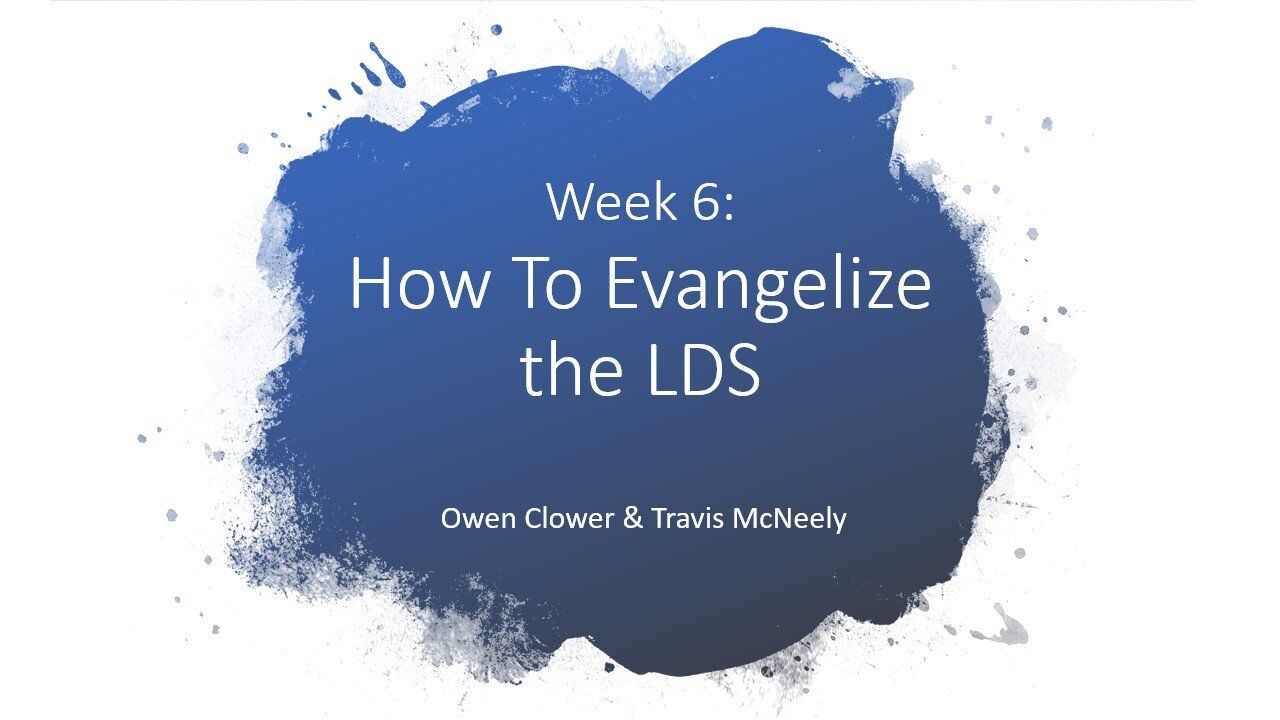What Does Paul Have To Say? Examining the Colossian Heresy: Part 3

Editors Note: This post is in a series of 4 posts from a paper I did in my graduate studies. See Part 1 here. Part 2 Here. This is part 3! This is the second part of the series that examines the passage exegetically. Part 3 zeroes in on Col. 2:11-15.
Paul gives his first expression of a warning in 2:4 when he makes note of “plausible arguments” that are tempting them to be deluded into captivity by these false teachings.[1] This warning is only supported further by the imperative verb in 2:8 βλέπετε, meaning “See to it,” where he warns them of the imminent danger of being “taken captive by philosophy and empty deceit.”This philosophy is never clearly stated in the text and is a mystery even today, but it is nonetheless constructed best through the way Paul admonishes the Colossian believers to see Christ as supreme throughout this epistle.Now the philosophy may never be stated, but we know it is “according to human tradition, according to the elemental spirits of the world, and not according to Christ” (2:8). Paul will further elaborate about this human-oriented vain philosophy in the pericope of vv. 16-23, but before that pericope comes another that builds a crescendo towards it vv. 8-15.The philosophy at Colossae is diametrically opposed to Christ, because it is according to things that are of lesser authority than Christ and view Christ as equal to other gods and thus below his true position of authority over all creation. In the Lycus valley, there were many cultic traditions around Colossae (depictions on coins demonstrated this) for inscribed on the various coins were a plethora of gods.[2]The many cultic religions in the area easily explain a possible syncretistic backdrop to the Colossian heresy. These lesser gods in comparison to the greatness of Christ are nothing in light of who Jesus is. His glorious supremacy over all things is beautifully declared in the Christ hymn of 1:15-20, and again echoed here in 2:9 “For in him the whole fullness of deity dwells bodily.” Notice the connection to the phrase πᾶν τὸ πλήρωμα, “the whole fullness,” which is also in 1:19 of the Christ hymn.Because of who Jesus is as Lord over the universe and creation, he is the Head (a term denoting authority) “of all rule and authority” (2:10). As a correlation to v.9 the phrase “have been filled in him” is used to draw upon the theme of union with Christ, and specifically as a polemic against the false teachers’ offer for fullness. Christ is the one in whom they can be filled truly. This participle used in v.10 is in the perfect tense (πεπληρωμένοι) pointing to a continuous state as the result of some previous action.[3] Or for those who don't read Greek! At one time they were filled in him, united to Christ, and Paul is seeking to remind them of this connection that has not changed . The adjective πᾶν (all) is strung throughout Colossians as a theme making clear to the readers the scope of everything that is under the authority of Christ, and of all that Jesus, is for the believers.The pericope continues with a short gospel summation in 2:11-15, beginning with “in him” continuing the theme of union with Christ, and following with a circumcision metaphor conveying the meaning of the work the gospel. What is key here, that O’Brien makes mention of, is the correlation between v.11 and v.15 with the words ἀπεκδυσάμενος which is the cognate verb to the rare word ἀπέκδυσις.[4] The body of Christ was divested or cut off when Jesus was “circumcised” or as the metaphor implies when he died on the cross in his body of flesh.In the correlation, Jesus allowed the rulers and principalities to shame him and strip him of glory, but they obviously do not win in the end. For in v. 15, Jesus strips them of their power and shames them in his triumphant victory. Even though men were dead in their trespasses, God did, through Christ’s sacrifice, an amazing work: forgiving men all their trespasses and canceling the debt they owed. Where did this debt come from? It came from the “legal demands” (v. 14) that were against them. He nailed them to the cross and they now triumph in the gospel of Christ, in union with him and therefore do not have to succumb to the behaviors and regulations posited by this philosophy.To Be Continued......This post set the stage, the next will dive deeper into the specific text which focuses on the heresy itself, to what it might have been. STAY TUNED. I release a blog every Wednesday at noon.[1]The ESV is the Scripture primarily used in this paper unless noted otherwise.[2]Rosemary Canavan, Clothing the Body of Christ at Colossae: A Visual Construction of Identity (Tübingen: Mohr Siebeck, 2012), 22.[3]Peter O’Brien, Colossians-Philemon: Volume 44, ed. David Allan Hubbard and Glenn W. Barker (United States: Zondervan, 2014), 113.[4]Ibid., 116.

Want To Book Me for Your Event or Conference?
Fill out the form below and we'll be in touch!
Book Travis McNeely
We will get back to you as soon as possible
Please try again later
More posts like this...




